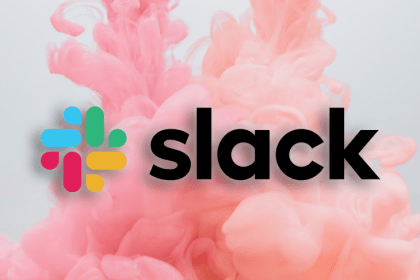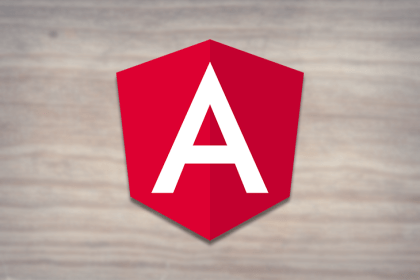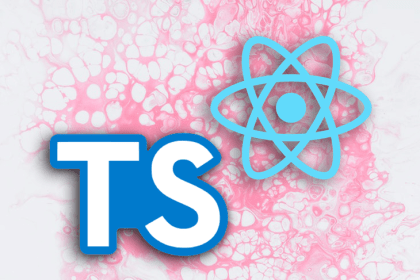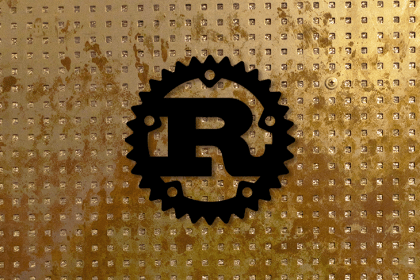
Create a Slackbot that can house a database, respond to commands and mentions, and accept and store new data from users.

Follow along with a tutorial and example build for a cross-platform app using Svelte, Electron, and Reloadly.

Appium is an automated testing tool for native, hybrid, and mobile web applications, Learn how to test React Native mobile apps with it here.

Compare the StyleSheet and Tailwind CSS approaches to styling to weigh the pros and cons of each and discover which is best for your project.

The Angular DataTables library combines Angular directives with jQuery’s DataTables plugin. See how to use it in our tutorial.

Learn how to integrate Google’s Firebase Authentication services into a NestJS app with this tutorial and example build.

renaturerenature is a physics-based animation library for React inspired by the natural world. We cover its core API and share several demos.

I’ve finally switched to urql, and it really does make a great alternative to Apollo Client. If you’re curious why, read more here.

An introduction to using TypeScript in React Native apps, including a tutorial and example build for a mobile app

Understand what PropTypes and TypeScript are, consider their relevance in React applications, and discover how they can be used together.

Transposing other language paradigms to Rust often reveals unforeseen issues. Learn about the limitations of Rust and how to work around them.

Microsoft’s focus on open source has opened the door to cross-platform development. Learn how to launch an SQL Server database inside a Docker container.